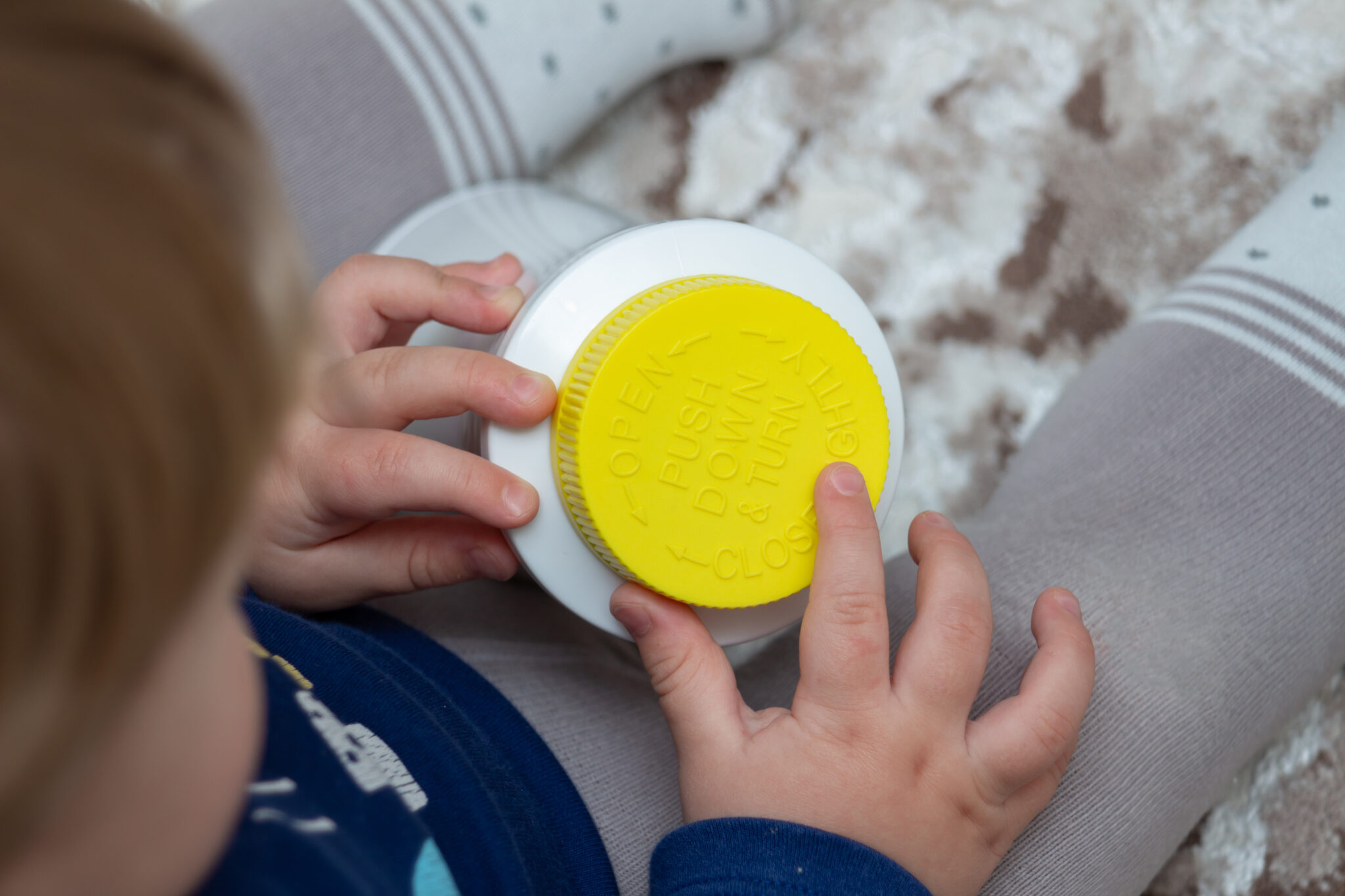The Evolution of Child-Resistant Packaging: Protecting the Most Vulnerable
When you open a bottle of over-the-counter medication or prescription pills today, chances are it’s housed in a package that requires a deliberate multi-step action to access the contents. This isn’t just a design choice, it’s a carefully engineered safety feature with a history of tragedy and an evolving understanding of consumer safety.
In the mid-20th century, accidental poisoning among children began to climb sharply as pharmaceuticals and household chemicals became more accessible in modern homes. Brightly colored pills and berry-flavored syrups unintentionally attracted curious young hands, often with devastating consequences. The turning point came in the early 1970s. In the United States, public concern peaked after numerous cases of accidental poisoning. As a result, Congress passed the Poison Prevention Packaging Act (PPPA) of 1970. This legislation, enforced by the Consumer Product Safety Commission (CPSC), mandated child-resistant (CR) packaging for certain household substances, including prescription and over-the-counter medications.
Early Designs
The initial generation of child-resistant packaging prioritized functionality. Push-and-turn caps and blister packs sealed with tough foil emerged as common solutions. These designs immediately reduced accidental ingestion rates, particularly among children under five. However, these early solutions weren’t without challenges. They often proved difficult for elderly patients and individuals with limited dexterity.
In response to accessibility concerns, regulators and designers worked together to improve CR packaging. The PPPA itself includes exemptions, allowing patients to request non-child-resistant packaging when appropriate. Meanwhile, packaging manufacturers began to innovate materials, cap mechanisms, and labeling to enhance usability without compromising safety. The introduction of senior-friendly testing protocols helped guide these improvements. Packaging now had to pass tests involving both young children and older adults, ensuring it struck a balance between being child-resistant and user-friendly.
Advances in CR Packaging
Modern child-resistant packaging benefits from advances in materials science, manufacturing technology, and human-centered design to prevent children from opening a package, while still being senior-friendly. Here are a few examples of common solutions used today:
- Blister packs with peel-push designs: Adding the extra step of peeling helps further deter children while remaining manageable for adults.
- Push-and-turn caps: Manufacturers have fine-tuned the torque needed to open a cap. The opening mechanism still requires simultaneous push-and-turn motion but with less physical effort than it did in the past.
- Squeeze-and-turn caps: A larger cap diameter and widened ribbed edges have improved grip and tactility.
- Child-resistant zippers: Some zipper pouches have an interior tab that must first be lifted before a package can be zipped open.
Child-resistant packaging in pharma isn’t just a regulatory checkbox, it’s a testament to the industry’s ongoing commitment to patient and public safety. What began as a reactive measure to a public health crisis has evolved into an intersection of safety engineering, design, and consumer accessibility. As the demand for at-home therapies continues to rise, child-resistant packaging will remain a critical safeguard, protecting the most vulnerable among us while meeting the needs of an increasingly diverse patient population.
Sources

